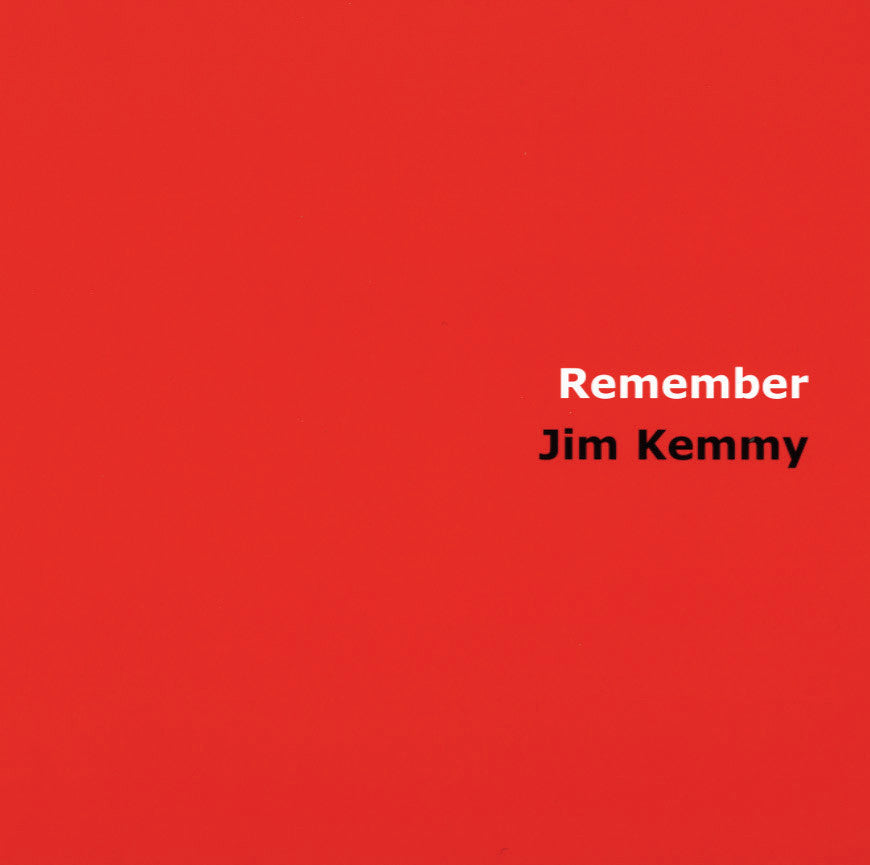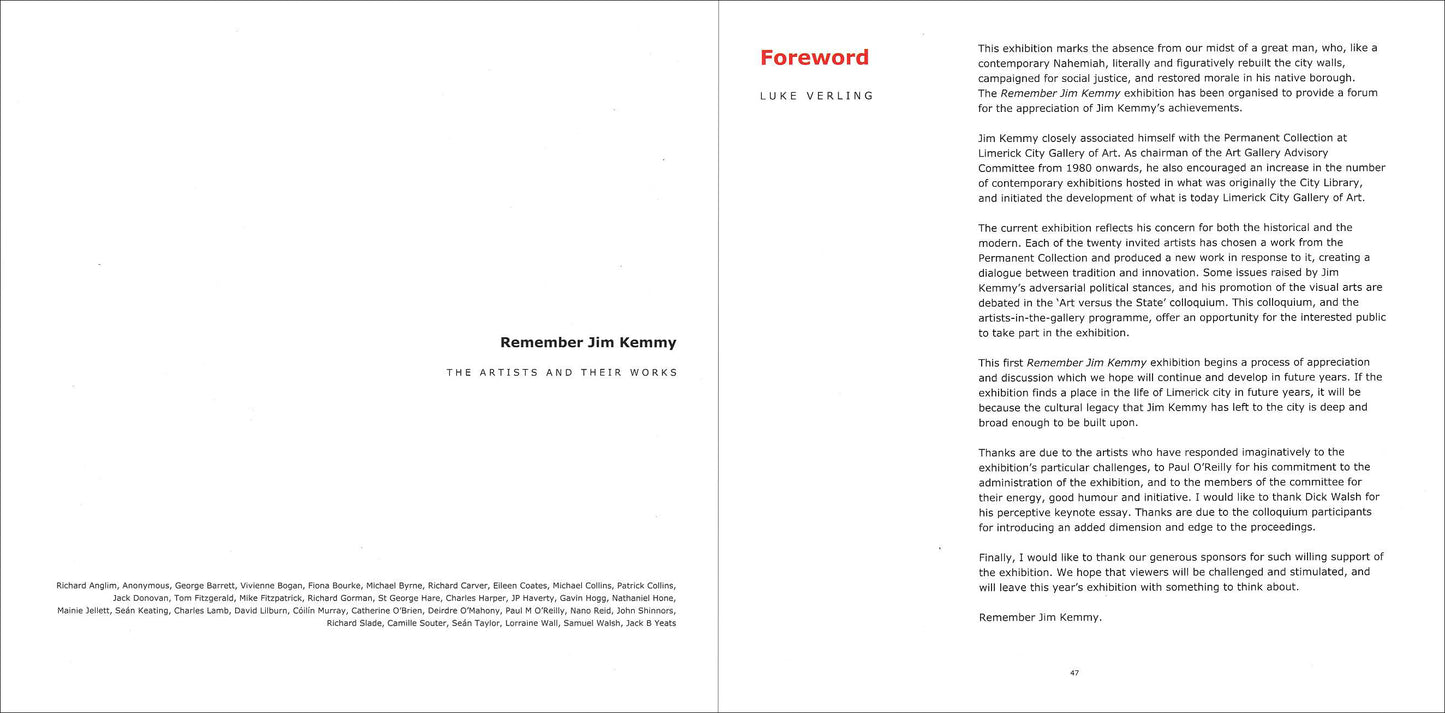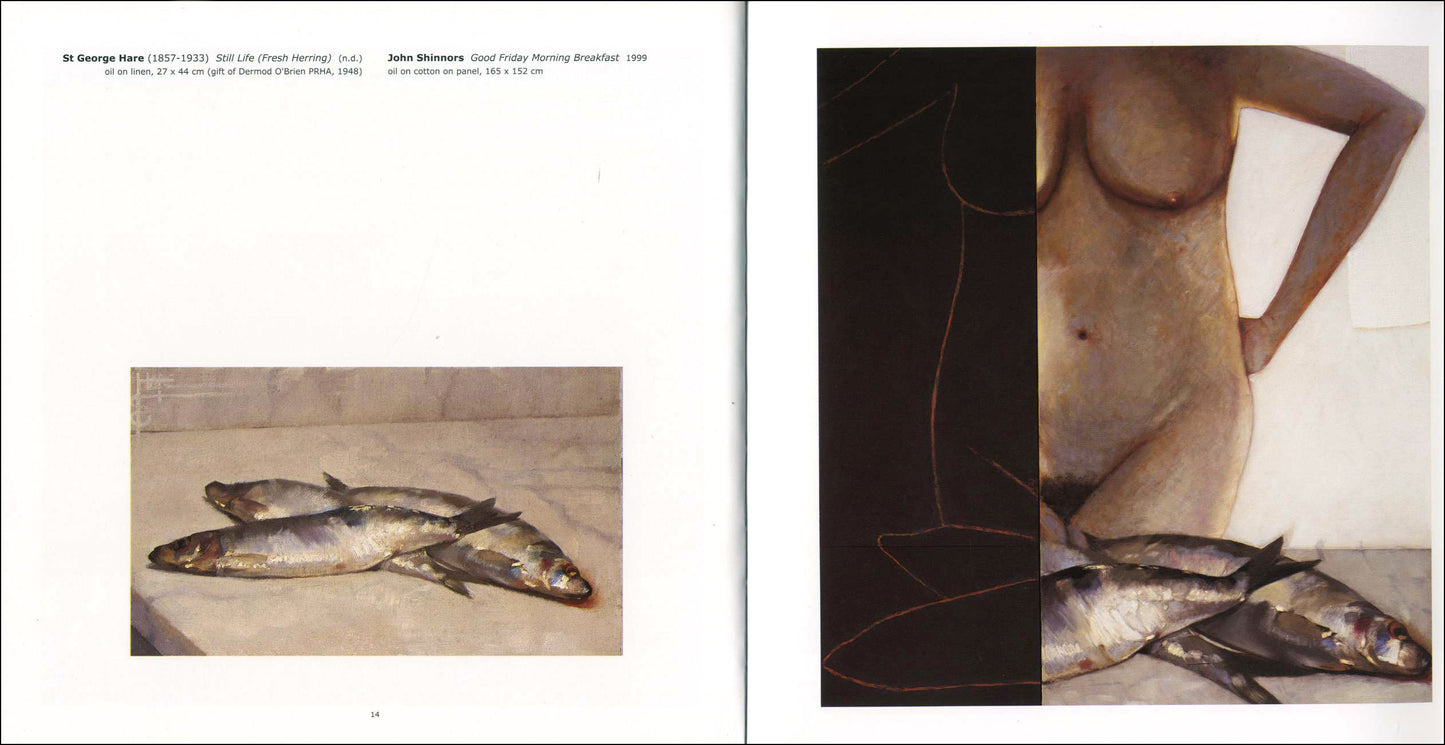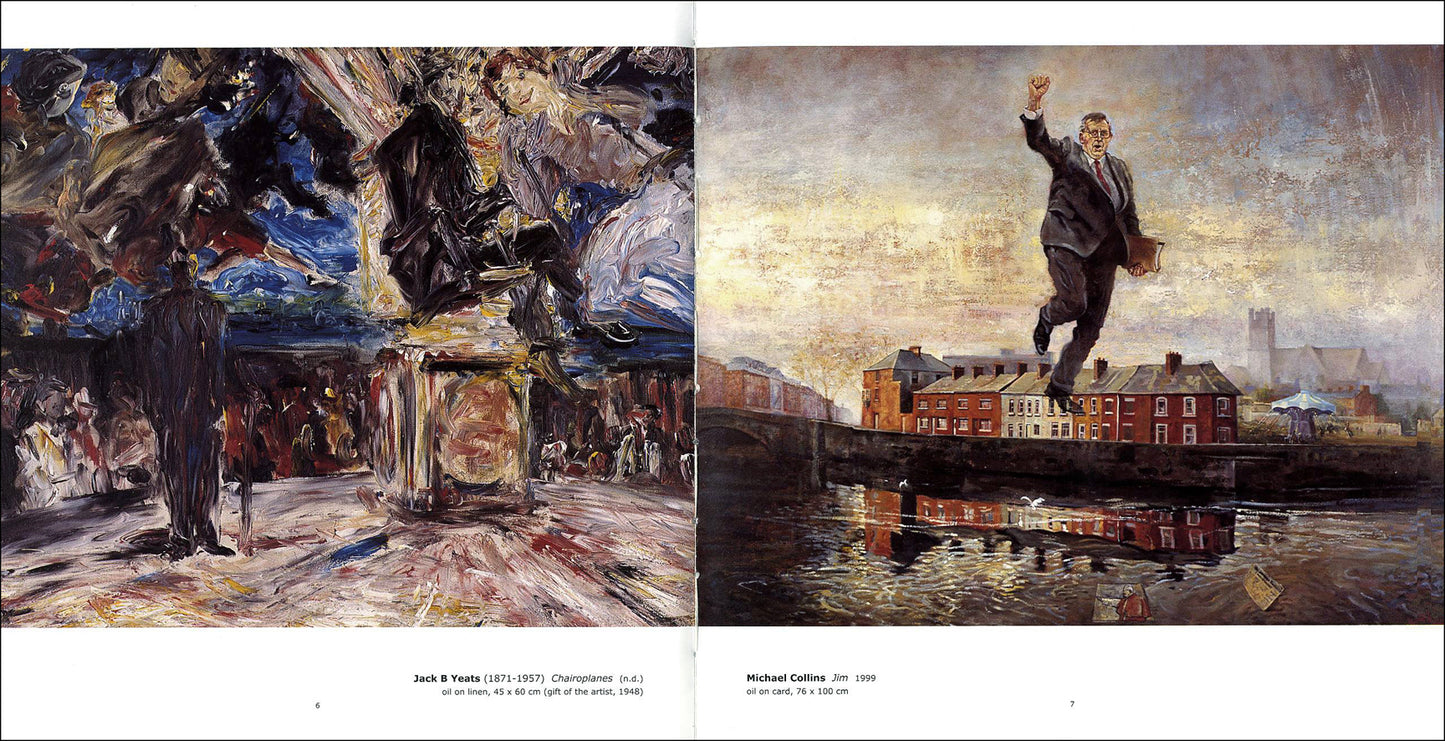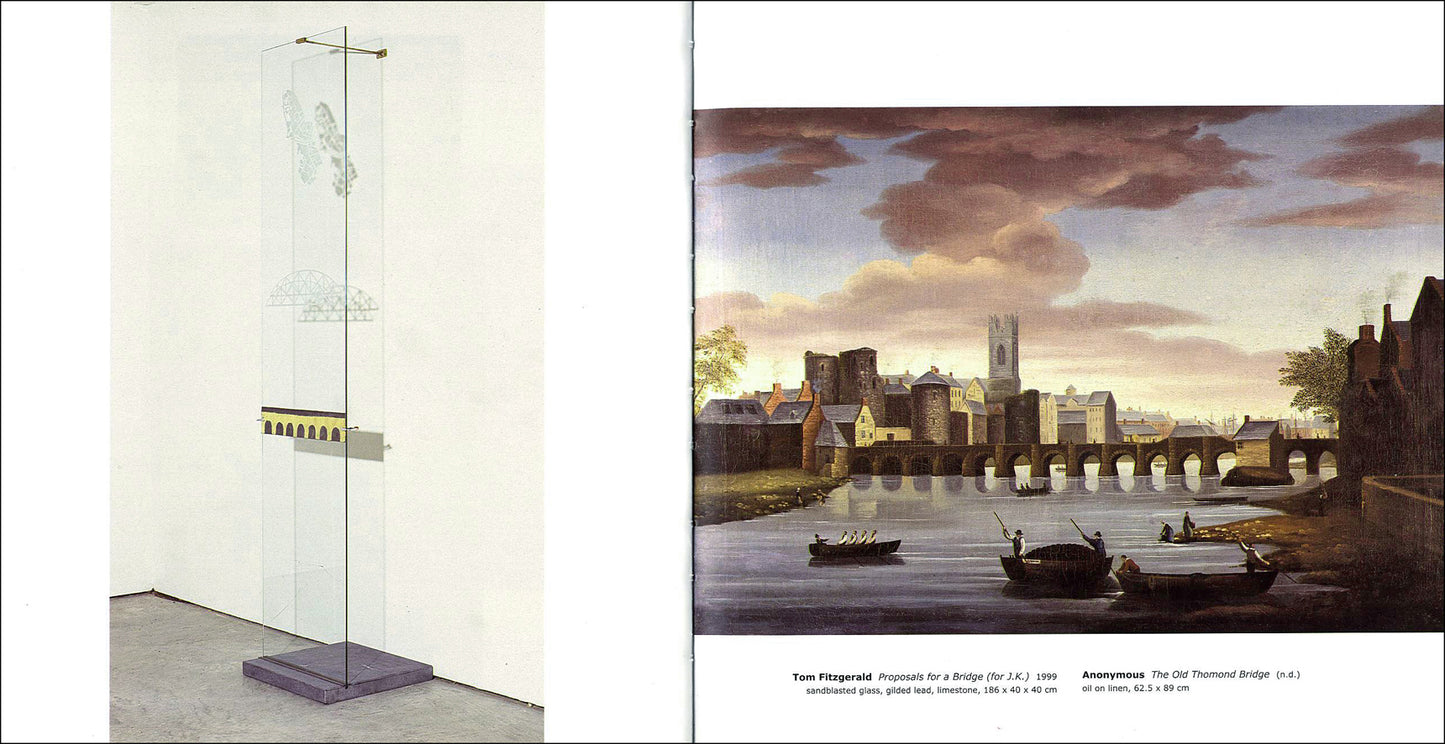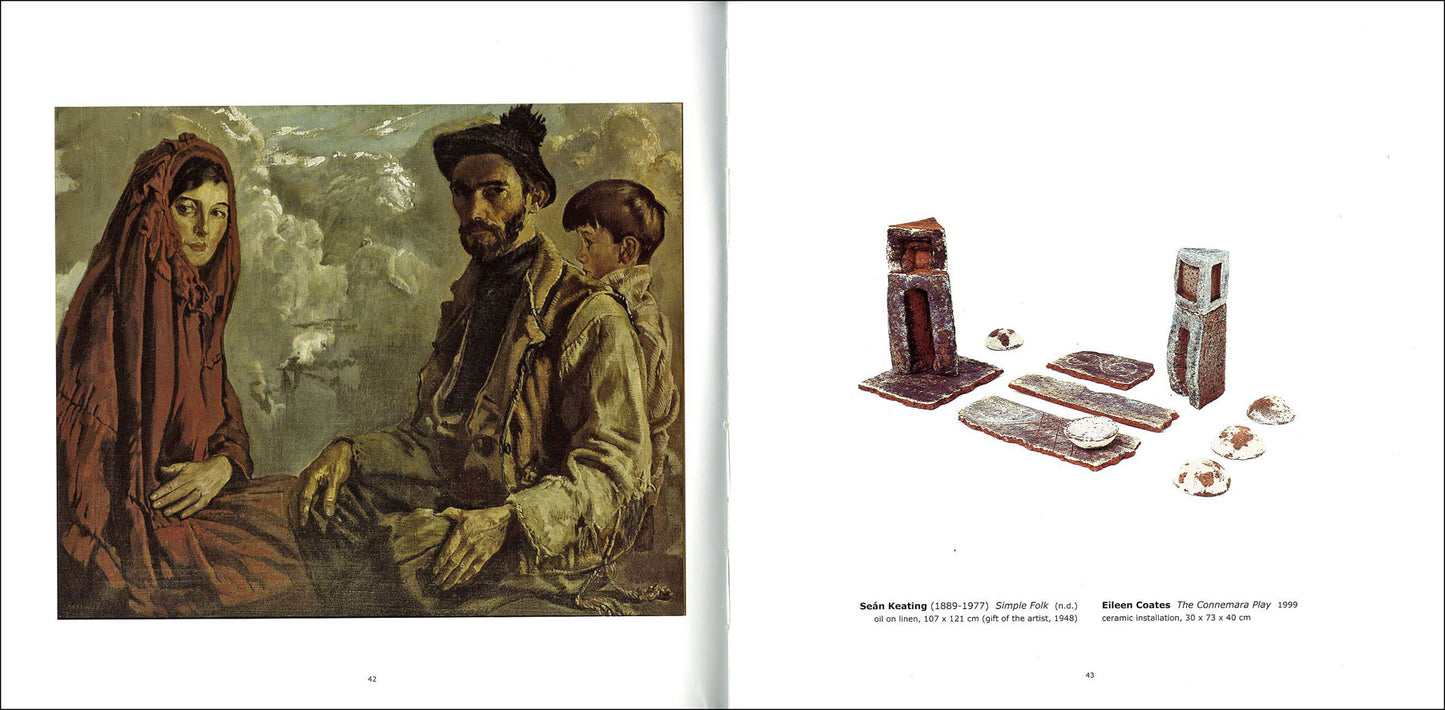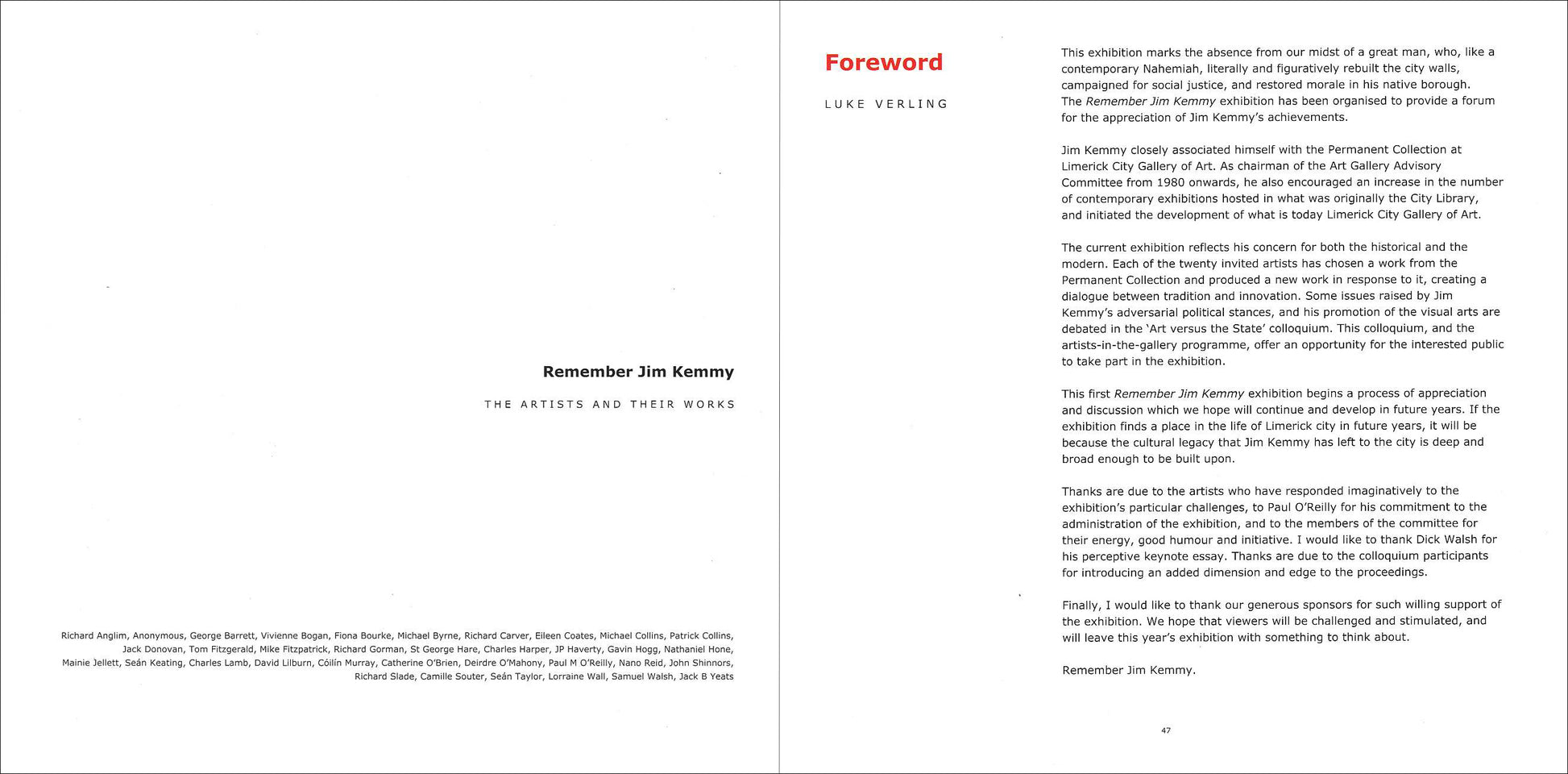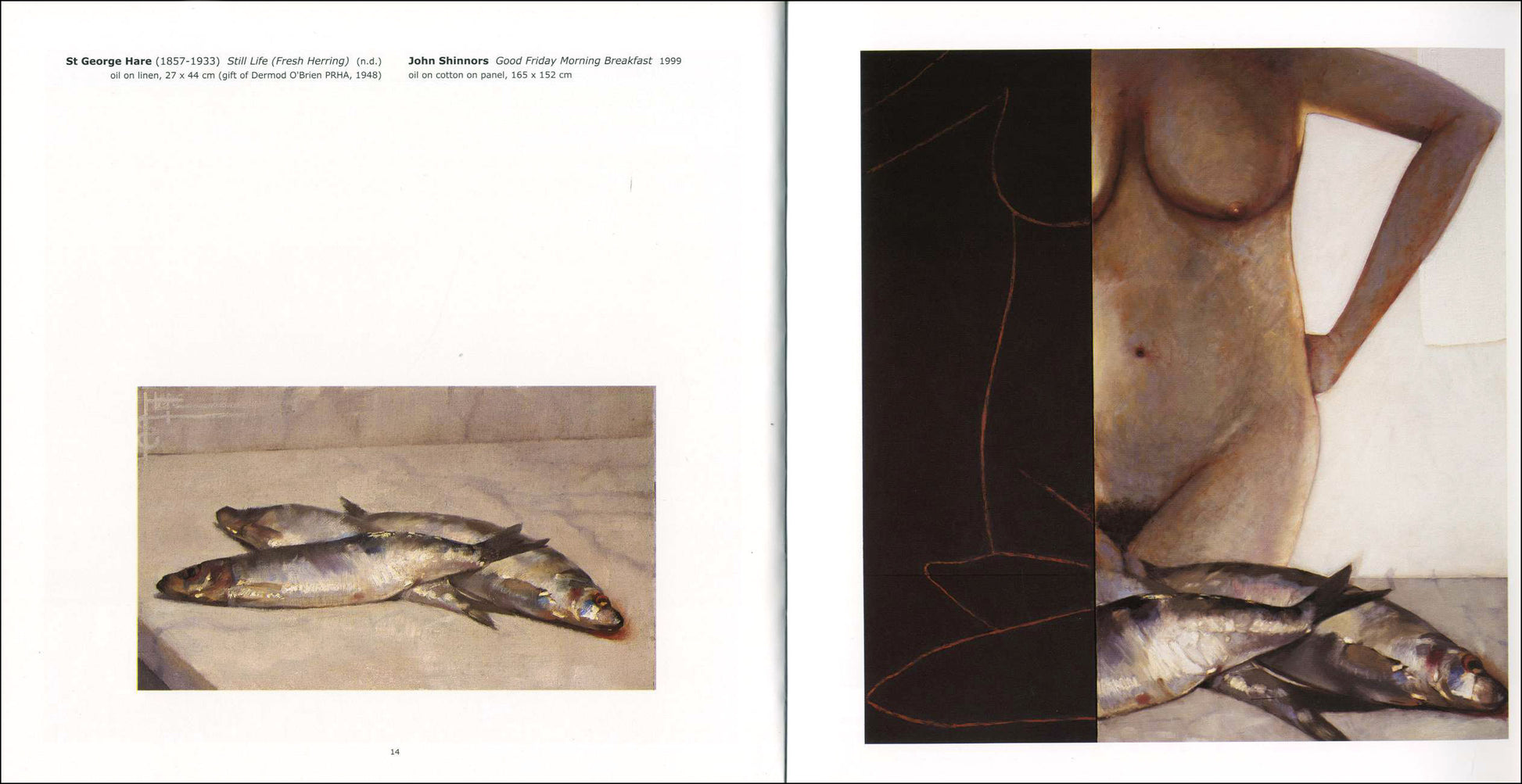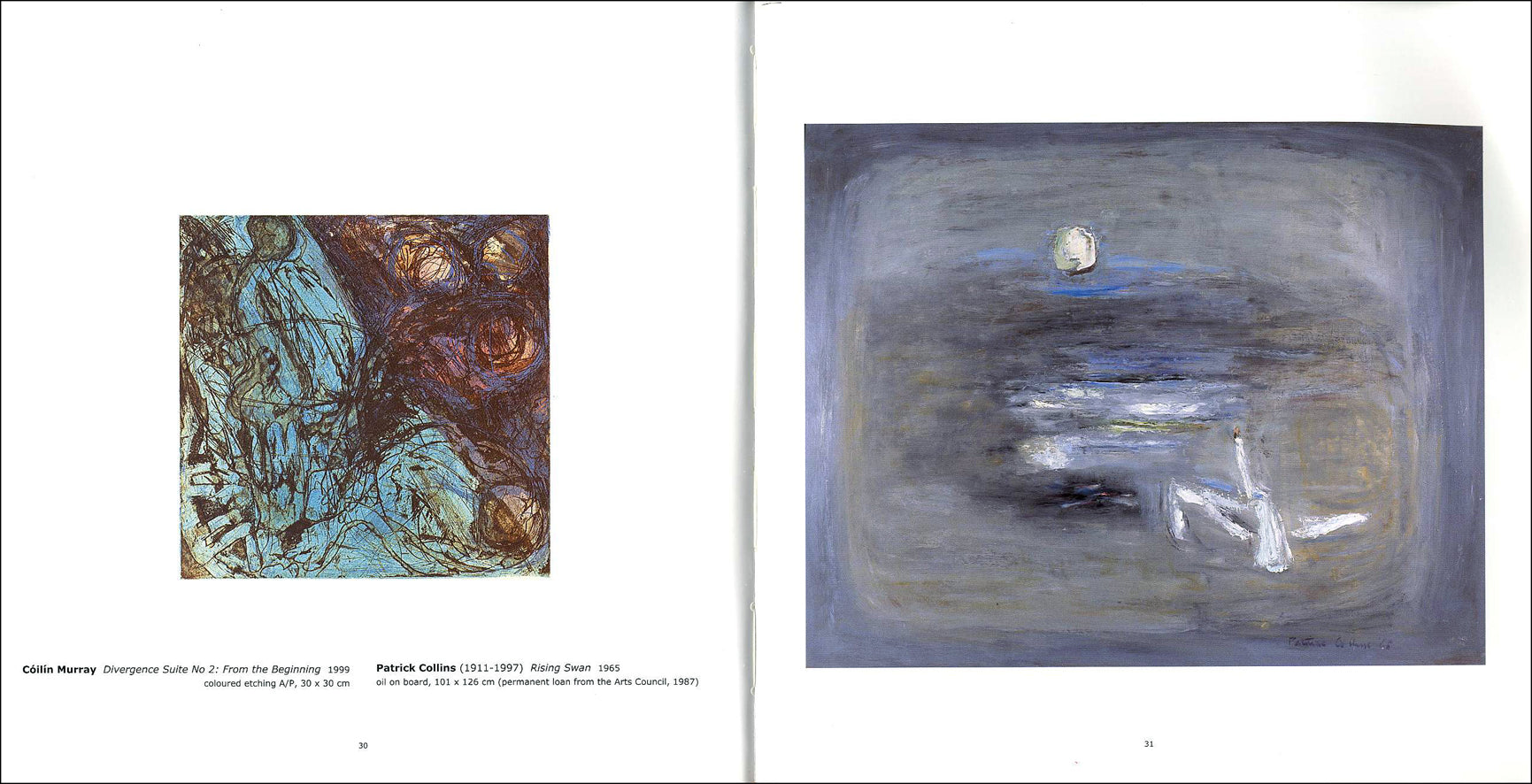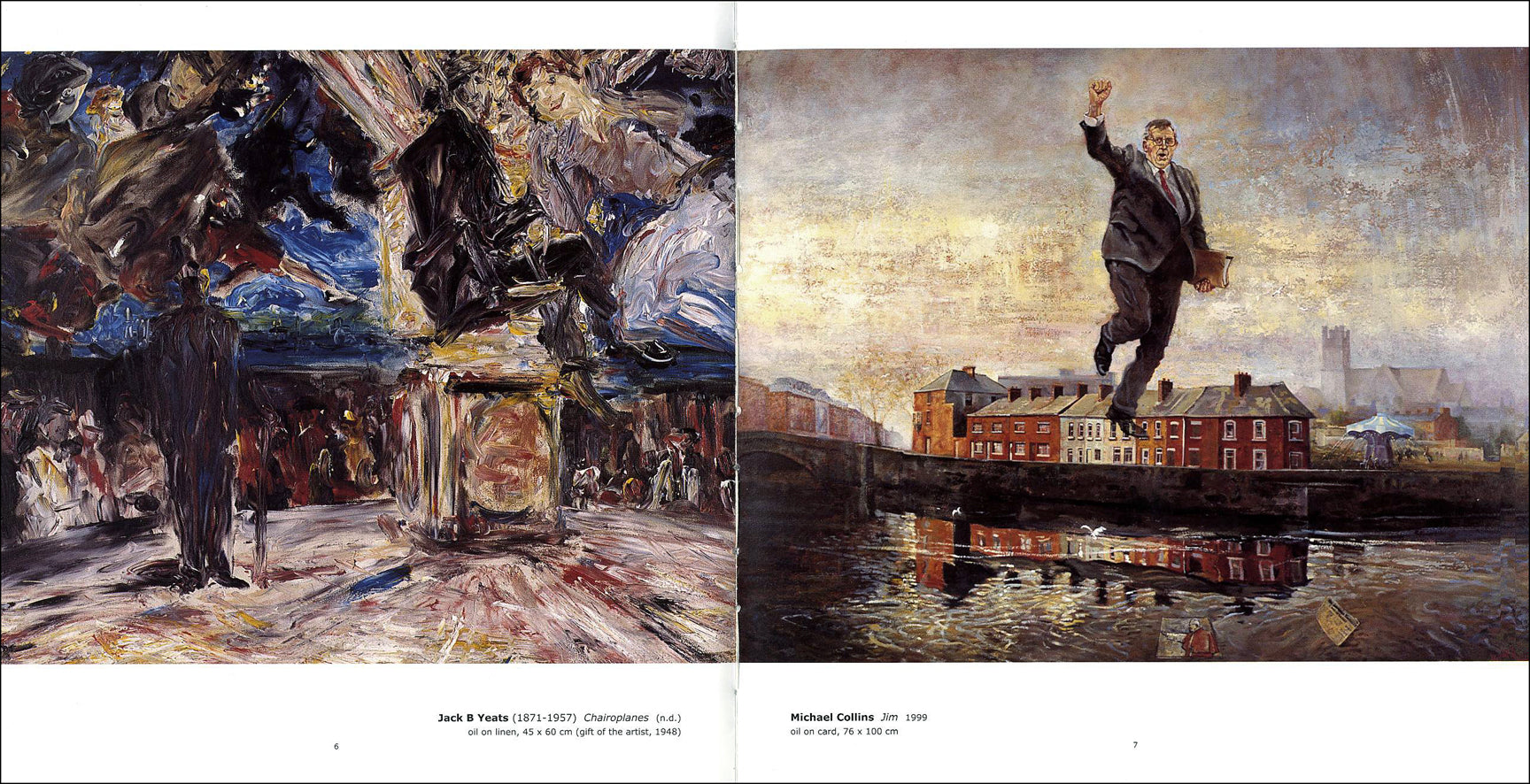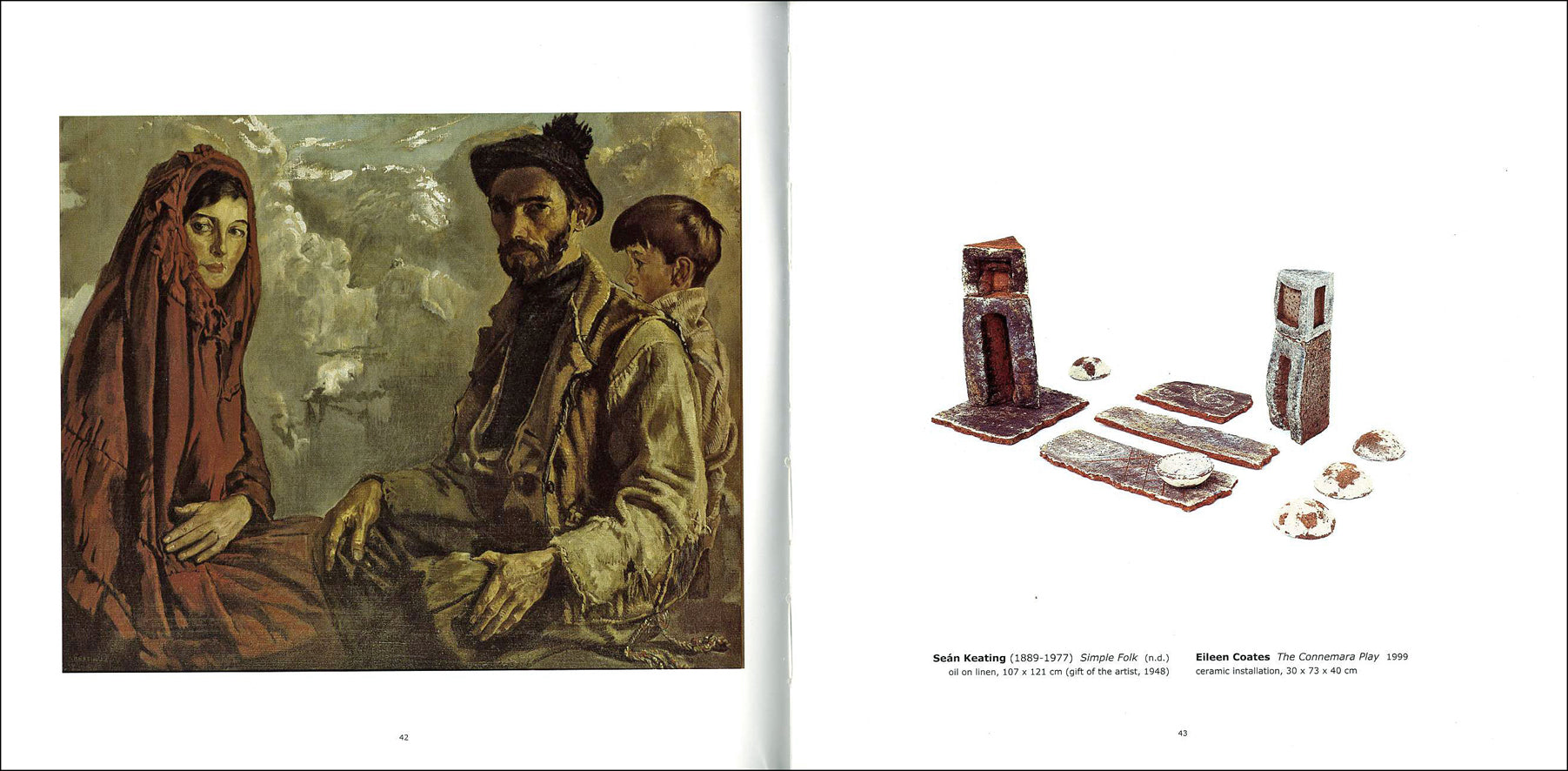Limerick City Gallery of Art
REMEMBER JIM KEMMY — Contemporary Juxtapositions
REMEMBER JIM KEMMY — Contemporary Juxtapositions
Couldn't load pickup availability
Share
ed. Paul M O’Reilly
essays by Paul O’Reilly, Dick Walsh
ISBN 978 0946846 092 68 pages (paperback) 22.5x22.5cm 40 col illus
This book documents an exhibition remembering the much-loved politician, the late Jim Kemmy. Twenty contemporary artists responded to the work of twenty artists featured in the Permanent Collection of Limerick City Gallery of Art, with some strange, amusing and exciting results. Artist’s statement (where supplied) and short biog on each artist.
EXTRACT
"Intellectuals had always been suspect in politics, among parties of every persuasion. The right was even more suspicious than the left. Books of the 1920s and 1930s – Ernie O’Malley’s On Another Man’s Wound, Desmond Ryan’s Remembering Sion, and Peadar O’Donnell’s The Gates Flew Open – were the well-written exceptions to a mind-numbing rule. By the late 1950s, a seemingly endless flow of memoirs by veterans of the War of Independence and the civil war had begun to dry up. Their recollections had been rich in detail about who did what, but short on analysis as to why, and they were silent on what, if anything, the writers thought of the results. The Bell, which had offered a radical and witty critique of the post-war years, had ceased publication. And the only political group publishing a newspaper with anything approaching a countrywide circulation was the republican movement, then coming to terms with the failure of the latest IRA campaign. Never was analysis more needed than in the emptying countryside and fading towns of the late ’50s and early ’60s.
Not since the 19th century had there been such a lack of conviction that there was an alternative to policies that had failed. The conviction and the analysis could only have come from the left. The civil war parties may have persisted in stubborn refusal to recognise openly their common interests. In practice they were allies. It was an alliance of those who formed opinion, made and administered laws, owned and controlled the country’s wealth – a small, tightly knit class from which all but a few of our political leaders, bishops and judges were drawn. They, in their short-sighted way, were well pleased, and well served, by the absence of analysis. The labour movement was not. But the labour movement – political and industrial – was as suspicious of intellectuals, critics and thinkers as its opponents in the struggle for power. Intellectuals, it seemed, spoke in the accents of the enemy in a language which the workers did not know. Too often, the suspicion was justified. Shaw, who said all professions were conspiracies against the laity, would have been dismayed but not surprised. What Kemmy proved, triumphantly, was that the left didn’t have to depend for analysis on intellectuals it couldn’t trust. Like others of his generation – more numerous, I suspect, than is generally recognised – he won some benefits from being forced to live outside Ireland. He had learned his stonemason’s trade by his father’s side in Limerick. He found another trade – another world – in the Carnegie libraries and reading rooms, the pubs and clubs of England’s industrial working class."
— from the essay by Dick Walsh
|
CONTENTS Featured Artists 6-45 (with full-page colour illus, artist’s statement (where supplied), detailed biography) Richard Anglim / George Barrett / Vivienne Bogan / Fiona Bourke / Michael Byrne / Richard Carver / Eileen Coates / Michael Collins / Patrick Collins / Jack Donovan / Tom Fitzgerald / Mike Fitzpatrick / Richard Gorman / St George Hare / Charles Harper / JP Haverty / Gavin Hogg / Nathaniel Hone / Mainie Jellett / Seán Keating / Charles Lamb / David Lilburn / Cóilín Murray / Catherine O’Brien / Deirdre O’Mahony / Paul M O’Reilly / Nano Reid / John Shinnors / Richard Slade / Camille Souter / Seán Taylor / Lorraine Wall / Samuel Walsh / Jack B Yeats |
